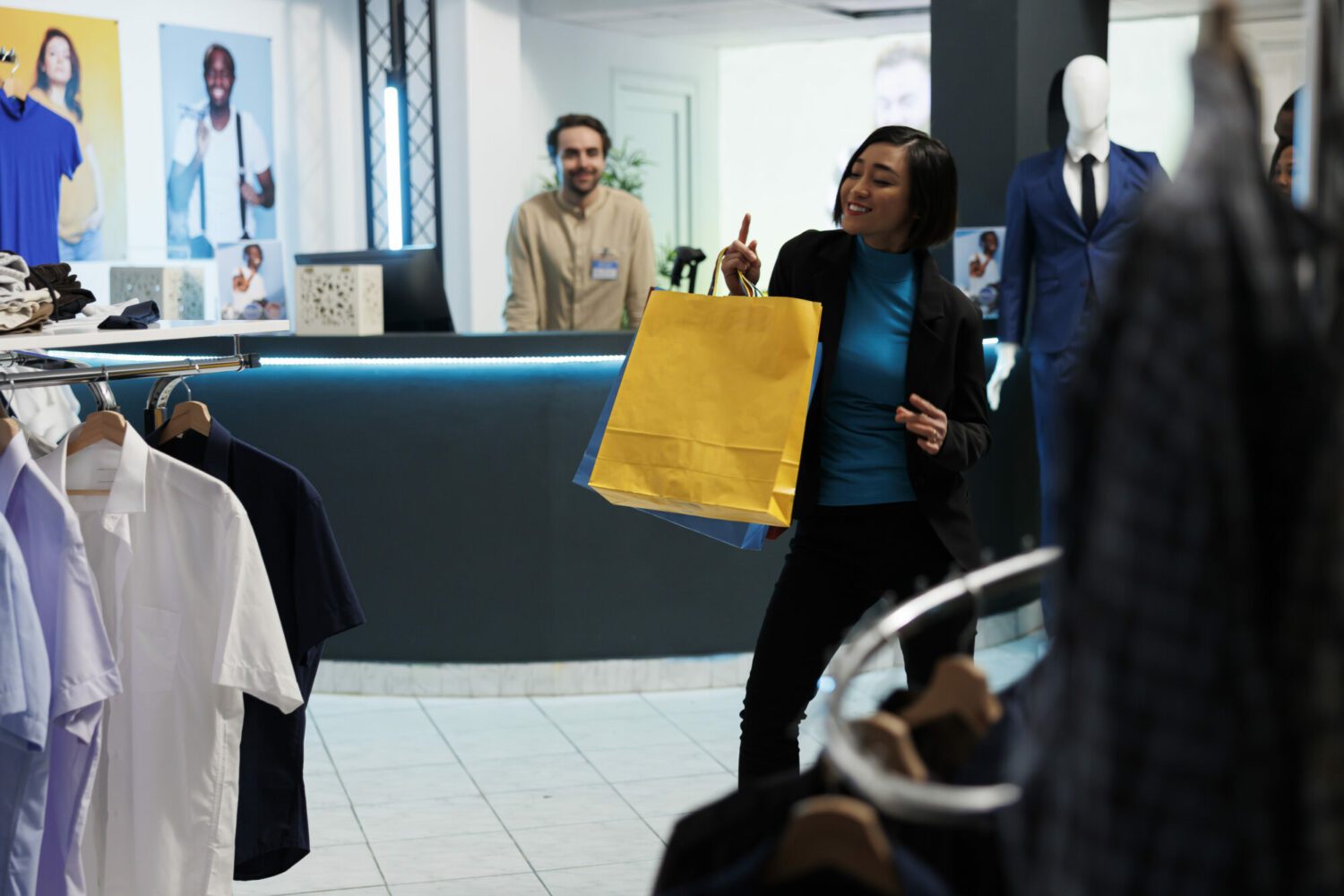The Impact of AI on Dubai’s Fashion Forecasting

The Dawn of Predictive Styling: AI’s Role in Shaping Dubai’s Fashion Scene
Have you ever wondered how Dubai’s fashion mavens stay ahead of the curve, predicting trends that haven’t even hit the sketchbooks of designers yet? It’s like they have a crystal ball, but in reality, their secret weapon is far more sophisticated – Artificial Intelligence (AI). In a city renowned for its opulence and avant-garde style, AI has become an indispensable tool in forecasting what’s next in fashion.
The introduction of AI in fashion forecasting is not just about predicting the color or fabric of the season; it’s about analyzing vast amounts of data to identify patterns, behaviors, and preferences. This technology goes beyond the surface, offering insights into how societal shifts and technological advancements could influence future fashion trends. It’s a game-changer, shifting the narrative from ‘what’s in vogue?’ to ‘what will the world be wearing tomorrow?’
In Dubai, where the fashion scene is as dynamic as its skyline, embracing AI has led to a revolutionary approach to modeling and design. The integration of AI with vr modeling Dubai has not only enhanced the creative process but also enabled designers and brands to create more personalized, sustainable, and forward-thinking collections. It’s a fusion of technology and creativity, where algorithms meet aesthetics.
Personalization at its Peak: AI Tailoring the Future of Fashion
Imagine walking into a boutique where the clothes on display are curated just for you, predicting your taste, size, and even your upcoming social events. This might sound like a scene from a sci-fi movie, but in Dubai, it’s fast becoming a reality, thanks to AI. The technology’s ability to analyze individual preferences and history has ushered in a new era of personalized shopping experiences. Retailers are now able to offer bespoke recommendations, transforming how we think about personal style and shopping.
Moreover, AI’s predictive capabilities are not confined to the retail experience. They extend into the design process itself. Designers are leveraging AI to forecast trend lifecycles, helping them to reduce waste and create more sustainable collections. This shift towards sustainability is significant in an industry often criticized for its environmental impact. By predicting which designs will resonate with consumers, brands can produce less but better-quality pieces, aligning with the growing demand for sustainable fashion.
The integration of AI into Dubai’s fashion ecosystem is redefining the boundaries between technology and creativity. It’s facilitating a closer connection between designers and their audiences, ensuring that every collection is as relevant as it is revolutionary. The future of fashion in Dubai is not just about predicting the next trend; it’s about creating a more personalized, sustainable, and engaging fashion experience for everyone.
Blending Realities: The Final Frontier in Fashion Innovation
The marriage of AI and fashion in Dubai doesn’t stop at forecasting and personalization. It’s propelling the industry into new dimensions, quite literally, with the advent of virtual and augmented realities. The blending of these technologies is creating immersive experiences that are transforming not just the design and retail spaces but also the runway itself. Imagine attending a fashion show from the comfort of your home, with a 360-degree view of every outfit, as if you were seated in the front row. This is not a distant future scenario; it’s happening right now in Dubai’s fashion scene.
The implications of these technologies are profound. They’re not only changing how fashion is consumed but also how it’s created. Designers are using VR and AR to experiment with designs in virtual environments, pushing the boundaries of creativity and innovation. This blend of real and virtual worlds is enabling a level of experimentation and customization that was previously unimaginable.
As Dubai continues to lead the way in integrating AI, VR, and AR into its fashion industry, it’s clear that the city is not just forecasting the future of fashion; it’s creating it. The possibilities are endless, and the potential is enormous. The question is no longer about what the next big trend will be, but rather, how technology will continue to innovate and inspire the fashion world.